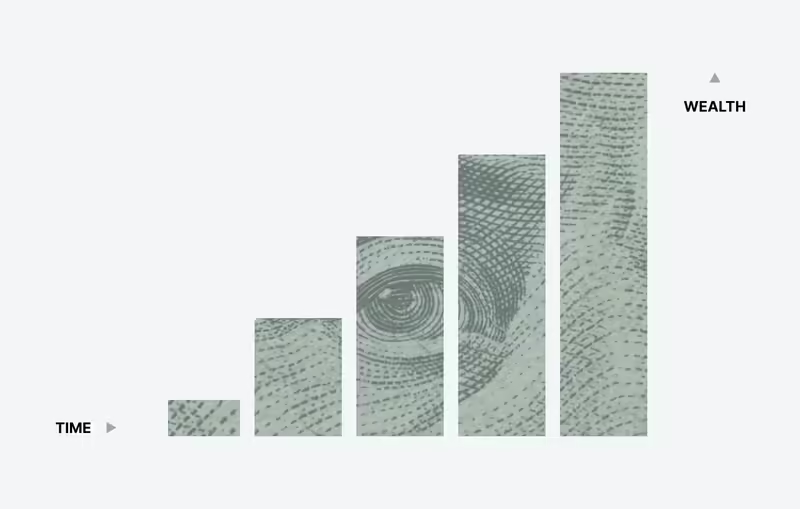
Growth of money by Morgan Housel on Unsplash
If something is growing at a rate of $5\%$ per year, how many years will it take until it doubles? Common wisdom suggests it’s approximately $70 / 5 = 14$, but why? Or you can even divide $72$ by the rate if it makes it easier to divide (e.g., for $6\%$ or $8\%$ or $9\%$) to get the number of periods it would take for it to double. But … where are these magic numbers $70$ and $72$ coming from and how does it work that you can just divide them by the rate to get the doubling time?
Formalization
What we’re actually trying to calculate is $n$ where $1.05^n = 2$. In many cases, $n$ is the number of years (since growth rates, e.g., for savings accounts or CDs are quoted annually), but more generally, it’s the number of periods where the growth is known to be a particular (constant) rate, and is assumed to be compounding.
If we have something growing at a rate $r$ where $5\%$ would be expressed as $0.05$, we have:
$$ \begin{align*} (1 + r)^n & = 2 \\ \ln \left( (1+r)^n \right) & = \ln 2 \\ n \ln (1 + r) & = \ln 2 \\ n & = \frac{\ln 2}{\ln (1 + r)} \\ \end{align*} $$In the case of $r = 0.05$, we have $n = \dfrac{\ln 2}{\ln 1.05} \approx 14.21$ so our approximation above $(70/5=14)$ is not too bad! Still, where does the $70$ come from and why does it work?
Approximation
First, let’s note that $f(x) = \ln (1 + x)$ can be approximated by $f(x) = x$ in the small region where we typically deal with percents, which are typically up to $10\%$, and still reasonably approximates for a fair bit beyond that.
Here’s a comparison between the two functions; you can see they’re quite close for smaller values, and diverges slightly beyond that1:
Thus, we can simplify our approximation even further:
$$ n = \dfrac{\ln 2}{\ln (1 + r)} \approx \dfrac{\ln 2}{r} \approx \dfrac{0.6931 \ldots}{r} \approx \dfrac{69.31 \ldots}{100 r} \approx \dfrac{70}{100 r} $$
And this is how you can divide $70$ by the percentage rate (e.g., $5$ of $5\%$) instead of thinking about the decimal rate as $0.05$ or the rate multiplier $1.05!$
So how accurate is using $\frac{70}{100 r}$ or even $\frac{72}{100 r}$ in practice?
As you can see, the various estimates are pretty close to the exact value.
Table of values
Below are the comparisons between the real, correct value and the various approximations, highlighting the one that is closest (in terms of absolute difference) from the correct value. As you can see, each of the approximations is best in a particular range of percentage values.
| rate ($x$%) | $\dfrac{\ln 2}{\ln \left( 1 + \dfrac{x}{100} \right)}$ | $\dfrac{69}{x}$ | abs. diff | $\dfrac{70}{x}$ | abs. diff | $\dfrac{72}{x}$ | abs. diff |
|---|
See also
For more detailed analysis, graphs, and charts, see these Wikipedia articles:
The graphs on this page are implemented using Google Charts; I provided the data computed via JavaScript on the page before calling the API. To get the lines to curve, I used the
curveType: 'function'option. ↩︎